What We Do
Every project is a little different, and we are always careful to apply the right approach to suit the use, accuracy and resources needed.
We look at what people DO not just what they SAY
We apply a wide array of TECH solutions, just ask
We are specialists in STORE related work
We use BEST IN CLASS partners in each market
We have LOW COST through HIGH END options
Curious? Then Speak With Us Today
Consumer Decision Making
It is not straightforward to "get in the mind" of a consumer, to REALLY understand what is going through their mind when they're choosing between your brand and a competitor.
That's because, they often don't THINK about it very deeply themselves, particularly in everyday routine categories. And therefore, they find it hard to ARTICULATE in a survey.
This is why we tend to use INDIRECT modelling methods, that allow us to replicate a consumer's decision process, without directly asking them about their thinking. Examples include Shelf Choice Models, Substitution Analysis, TURF Models.
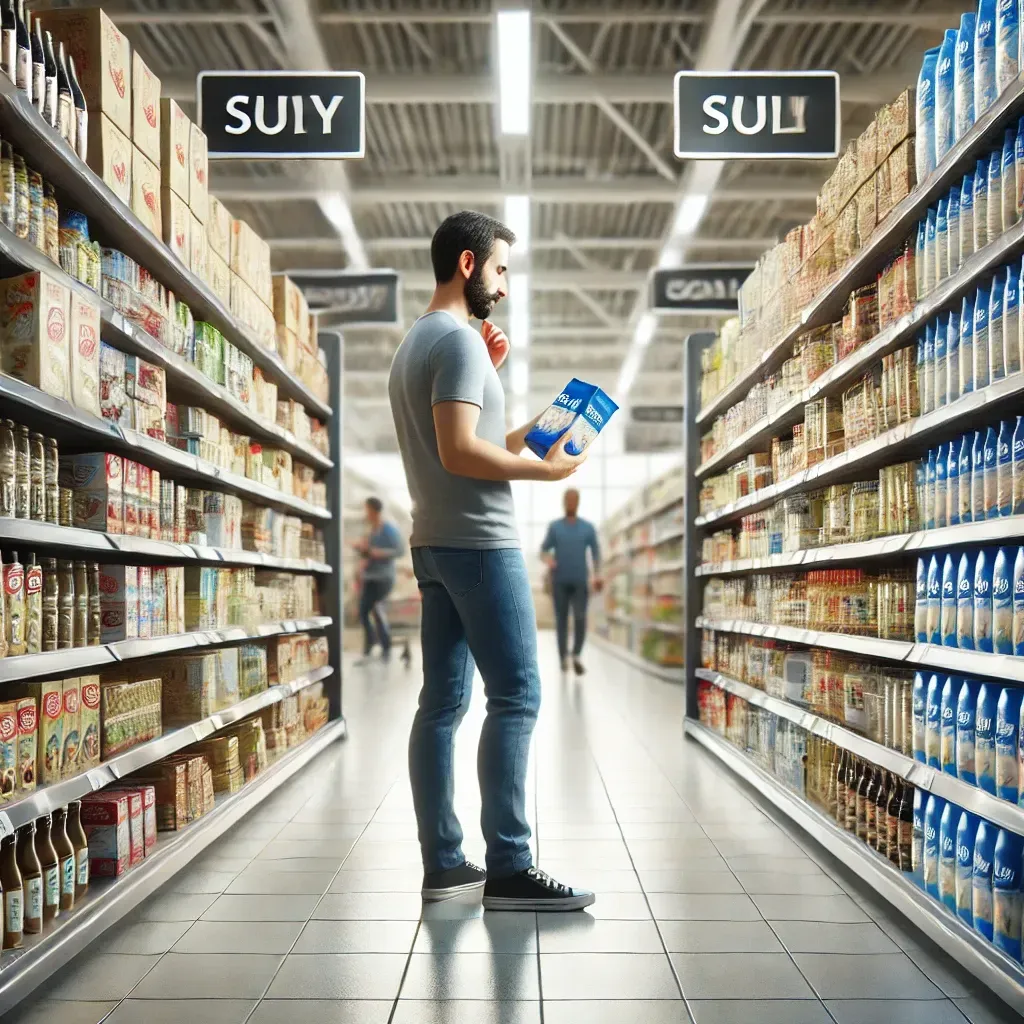

FREE insight
A consumer will often buy something that is convenient, rather than something that is perfect to suit his or her needs. This is why shelf placement is so important for a brand, out of reach is often out of mind.
Touchpoint Engagement
The Eyes Don't Lie, as the saying goes. Understanding what a shopper is LOOKING AT while doing their shopping can help with a whole lot of decisions. Where to place your product, what Point of Sale Materials (POSM) to use. What messages to lead with.
Sure, we use Eye Tracking glasses, however there are also a host of other approaches, including Virtual Reality glasses, Store Flythroughs on screen, AI Eye Tracking tools, and even Human Observers, depending on your needs.
Our approaches go beyond simple measurement, into the TOTAL JOURNEY of the shopper, from Home > Digital > Shelf and Purchase.
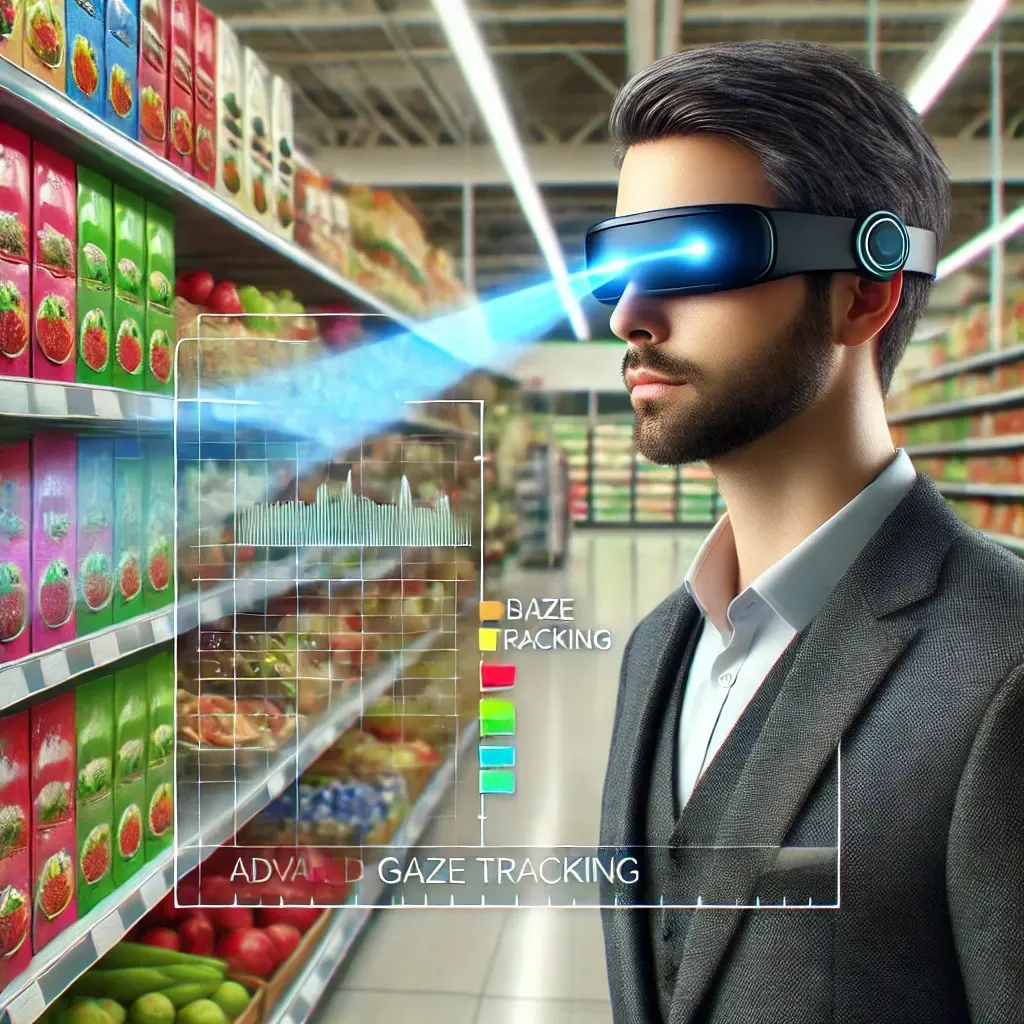

FREE insight
Fewer Bigger Better is more effective in store when it comes to communicating with shoppers, who tend not to read small fonts, notice materials surrounded by clutter, or spend time in each store zone.
New Product Design/Testing
The New Product Mix has to be navigated carefully. It is more common to see Brands producing multiple launches that are deleted within 6-12mo, than it is to see launches that are ENDURING and survive and thrive beyond the 2–3-year cycle.
We take a 360-degree view to NPD Launches, understanding Market-Product Fit, Perceived vs Experienced consumer reaction, Shelf Visibility and Standout, Semiotics (what the colours and shapes and designs imply about the product), Pricing and Flavour and Pack Design impacts.
As a result, we have been able to improve our clients' Launch Success rates from the industry-standard 15-25% to over 70% success.
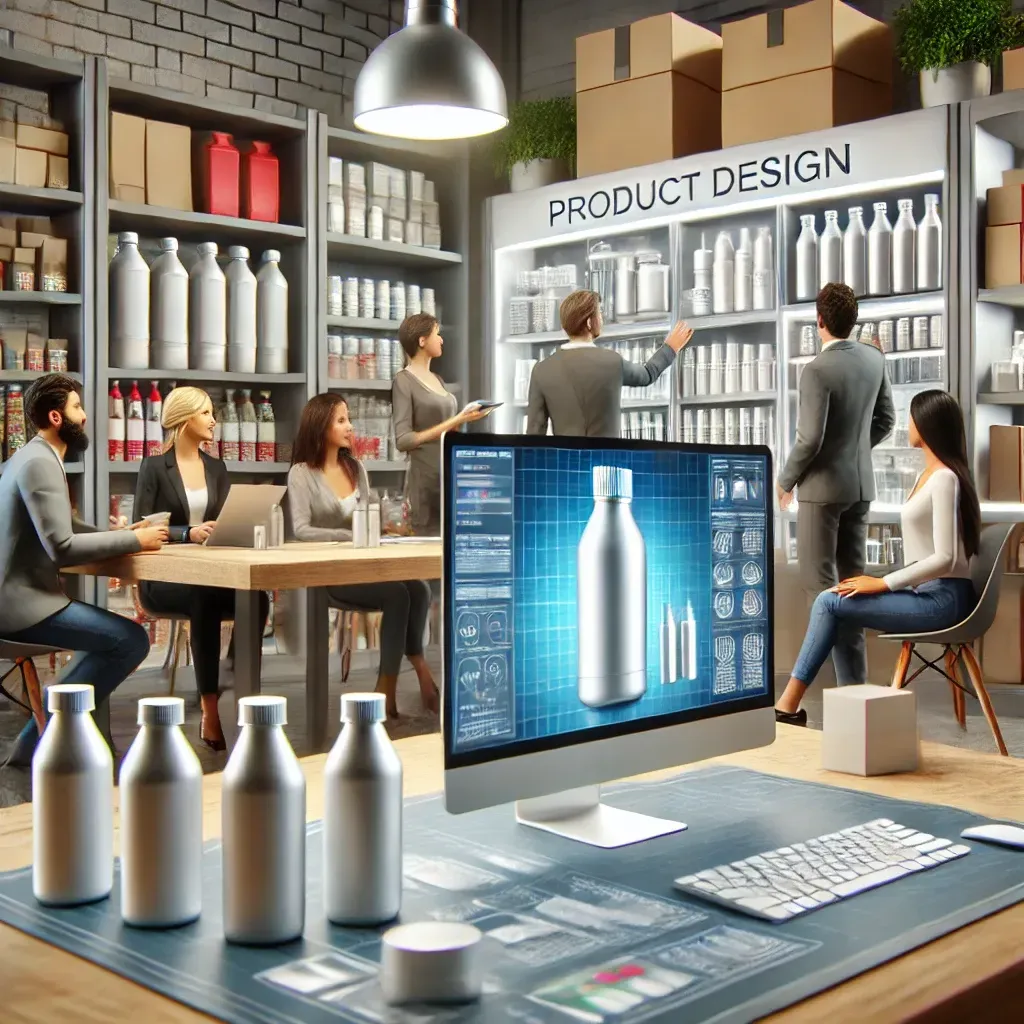

FREE insight
In the first few months of the product's life on shelf, it won't tend to get noticed in store, without some outside 'noise' going on, such as viral social marketing, free tastings, or perhaps ATL Comms. So factor in comms spend.
Understanding Occasions for Growth
As Byron Sharp of EBI explains in his books, a Brand is most likely to get growth if it has High Penetration, i.e. most people are using it.
And yet, there are lots of little niches of consumer groups, segments, pockets of consumers, that are consuming the category in very different contexts. They may be in different Places, consuming for different Occasions, and even buying different Packs and using different Channels to satisfy these different needs. One consumer can even have multiple different occasions.
Therefore, identifying the 'multiple niches' of different Occasions, and understanding what will work in that Occasion, is critical in being able to grow the Brand via dominating in each and every single niche that is of sufficient size and interest to that Brand.
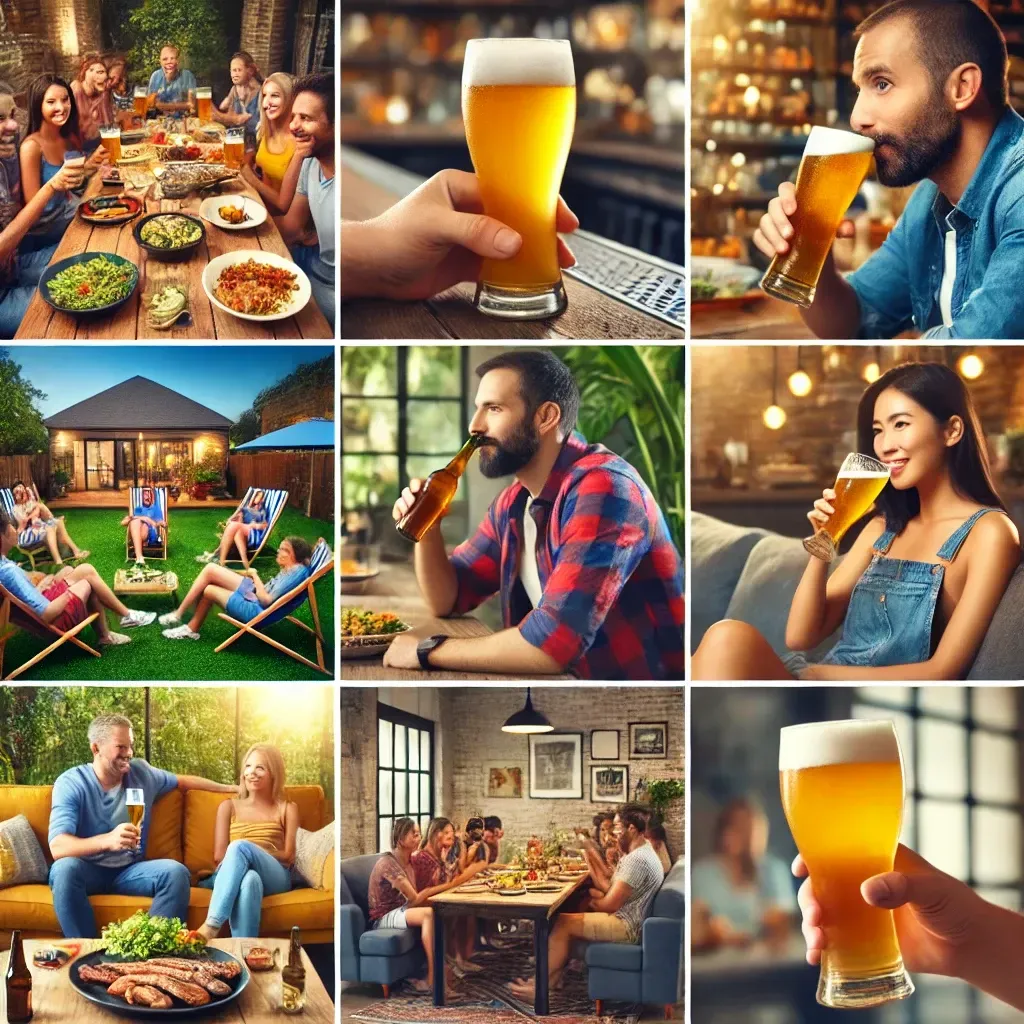

FREE insight
In the Drinks Category alone, the average Consumer has more than 6x different drinking Occasions in a given day. But how they prioritise decisions and Brands varies substantially depending on which Occasion it is.
Measuring Cross-Channel Share
In times gone by, consumers had a limited number of options when it came to purchasing particular products. Think about fast food for example. They had to go into Restaurant to order, they could only use established Fast-Food Chains such as McDonalds or KFC, and there were often only a few providers of any single type of food.
Fast forward to now, and a quite DIFFERENT reality. Consumers can order fast-food via an app like Uber Eats, or via the company's own website e.g. Dominos. They can drive through, walk-in, use self-serve kiosks, they often have a competitor down the street or in the same complex.
In this 'multi-option-world', it becomes MORE important to measure, understand, and activate what shoppers are doing across the different channels, and to identify the optimal mix that will maximise your sales for minimum expenditure. We do this a number of ways, across credit cards, across diaries, across cookie tracking.


FREE insight
Many retailers like to think that there is a customer that is excusive to themselves, e.g. a Coles customer, a Woolworths customer. But that is no longer true, each consumer uses, on average, 3.4+ different grocery stores in a given month, to compare prices, for different situations & stock reasons.
Communications Response
The role of marketing is to make CONNECTIONS between the Brand and the Consumer, in a way that compels the Consumer to want to try and then repeat buy the Brand.
Communication is a critically important component of the marketing process. Knowing whether the Consumer has SEEN the comms (or is likely to), whether they find the comms to be RELEVANT to what they care about, and whether they are ENGAGED to want to take action are all important factors behind a successful Comms campaign.
Our approaches use both Pre-testing and In-market testing, and both Claimed and Actual Response measures, to ensure that the message is impacting and resonating with the audience.


FREE insight
Humour is a way of getting consumers to engage further, and retain in their mind that there was communication at all. However, it must be closely linked to the brand, and entwined with the category benefits, in order to truly be impactful.
Shopper Profiling
Most brands are selling across a range of diverse retail environments, through different retail Banners and different Channels. And yet, they will often also apply a "one size fits all" approach across these different Customers and Ordering Channels.
Best-in-class brands are mindful of the nuances between their Customers and Channels. They recognise, for example, that an Online shopper may be quite different to an In-store shopper, that a Supermarket shopper may be quite different to a Convenience Store shopper, and even that an Aldi shopper may be quite different to a Woolworths shopper. They tailor their offers accordingly.
We see increasing collaboration and engagement between the Brand and the Customer Retailer, when there is a mutual focus on the Retailer's SPECIFIC CUSTOMERS, not just a generic market understanding. Each Retailer wants to know how they can drive Traffic, Frequency, and Spend in THEIR own stores, and want to partner with providers that know how they are DIFFERENT to the others.
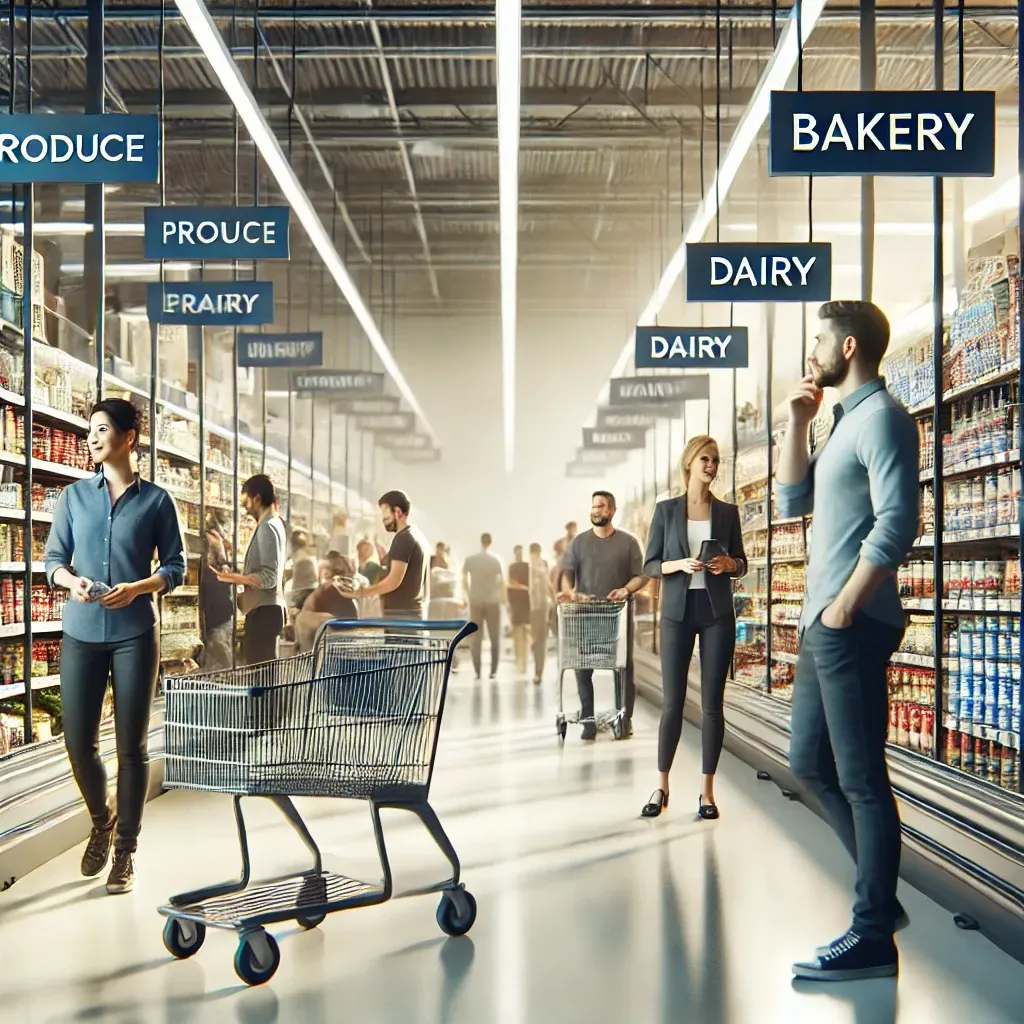

FREE insight
Brand marketers have a 'target market' that they THINK or would LIKE to be selling their products to. However, the ACTUAL buyer is often quite a different person: think Dads for nappies, Moms for Frozen soft drinks, or Wives for men's razors. Look at who is REALLY buying, not who is using.
Pricing
Pricing and Promotions are incredibly important tools at all stages of the Brand's lifecycle, and aligning the two is an art form. From using Price as a tool when the product LAUNCHES to get Trial, to offering Bulk Buying deals to Loyal Brand Users when the product is WELL ESTABLISHED and being often-used, Pricing is a lever that is often under-utilised.
By using Choice Modelling techniques, Price Sensitivity Modelling (Van Westendorp) and Virtual Reality store testing, we are able to see how a Consumer will REALLY react to a price or promo change. Consumers will always TELL you that Price is important to them, however when placed in a realistic choice situation, we can identify what changes will ACTUALLY result in sales impacts.
Price is a multi-faceted tool: it needs to be VISIBLE, COMPELLING and FITTING WITH the Consumer's assessment of its Value, in that Channel.
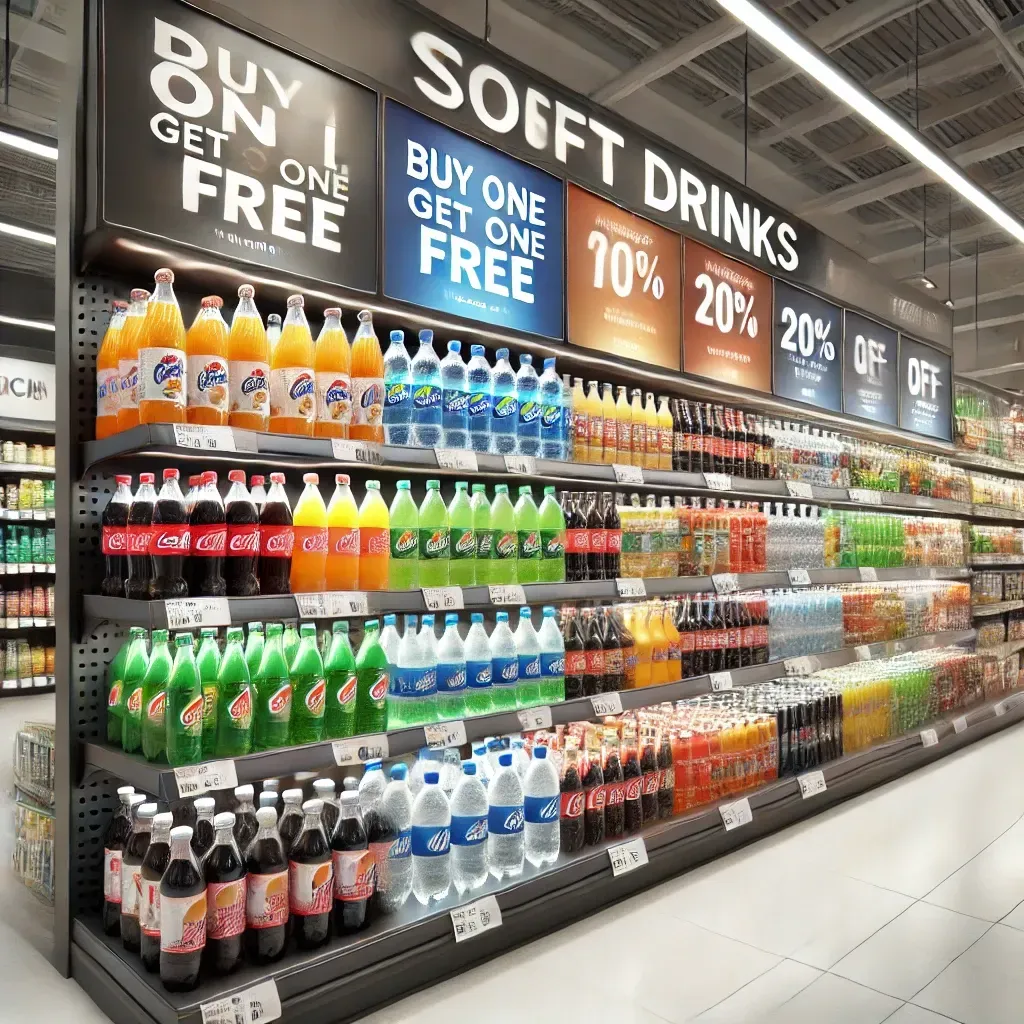

FREE insight
Many Brands and Suppliers decide their Pricing using a "cost-plus" approach, where they calculate their costs, their acceptable margins, and multiply these out to get to a Consumer Price Point. However, the optimal Price Point is what the Consumer is PREPARED to pay in that environment, which we find is often HIGHER than what the Brand is thinking, so they leave money on the table.

$5k > $150k
We offer solutions to suit your budget, whether that is big or small

2 days+
Our fastest turn-around projects only take a couple of days, so time is not a block

50+ methods
We don't apply a single method, rather we have a kit bag of >50 different approaches
Read About Who we Are
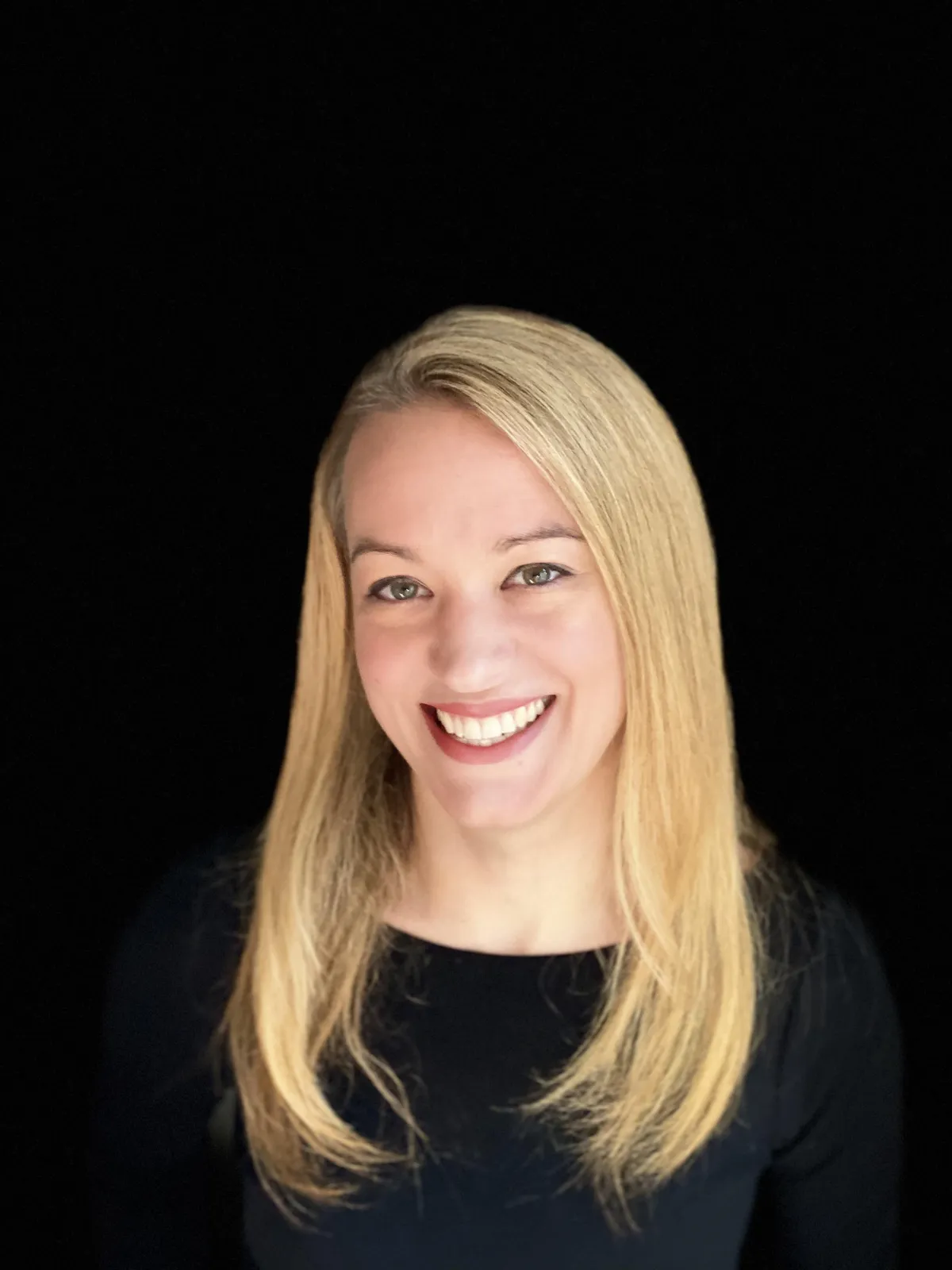
JULIEANNE HARMER is co-founder of the Company. She has a Qualitative Insights background, various Psychology certifications, and a robust understanding of what people SAY vs what they DO, so her skill is in getting to the bottom of what really drives consumer behaviours

MIKE CASSIDY is co-founder of the Company. He has a Quantitative data and mathematical background, as well as having a long career in both Management Consulting and being a Managing Director of several companies, so his skill is in actioning the results from a practical management viewpoint
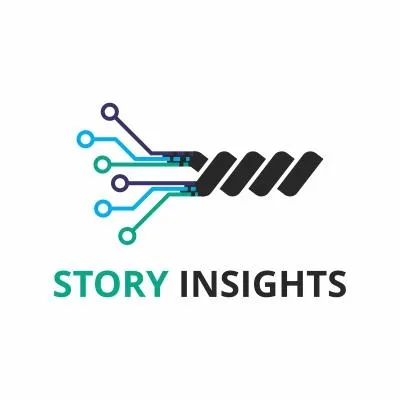
Story Insights Pty Ltd is an independent market research agency based out of Australia, registered in the state of Victoria. We comply with the highest ethical standard of the AMSRS (Australian Market Research Society) and have clients and affiliates in more than 15 countries
Navigation
Contact Us
© 2025 Story Insights Pty Ltd. All Rights Reserved